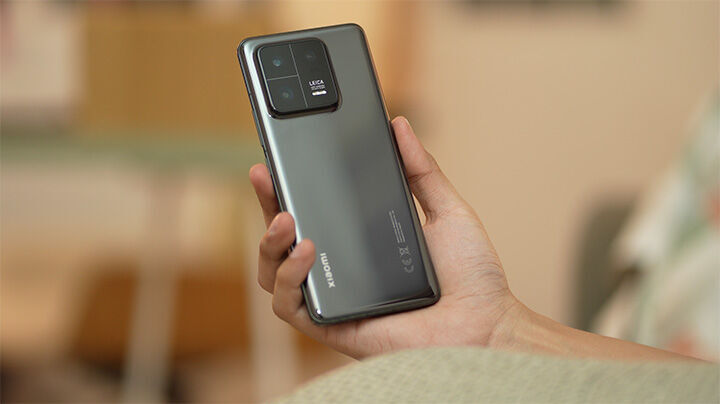
Table of Contents
The design of the Xiaomi 13 Pro is not a huge departure from the previous two generations — curved screen, rounded edges in a glass and metal construction. If you compare it side-by-side with the Xiaomi 12 Pro (see below), you’d notice the incremental improvements.
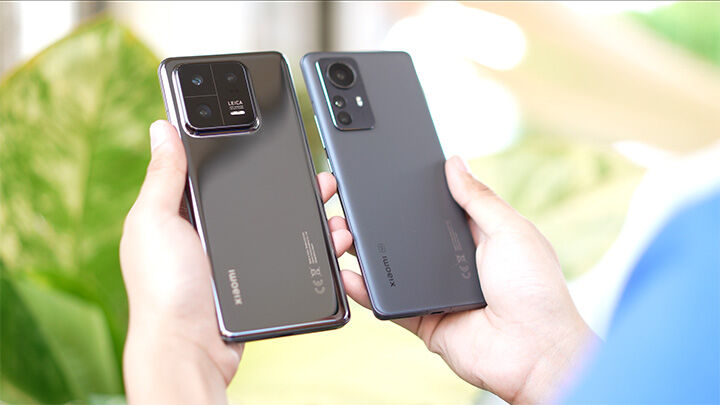
The Xiaomi 13 Pro is a bit thicker (8.38mm vs. 8.2mm) and heftier (229 grams vs. 204 grams) compared to the Xiaomi 12 Pro and feels closer to the Xiaomi 12T Pro (8.6 mm) in terms of girth.
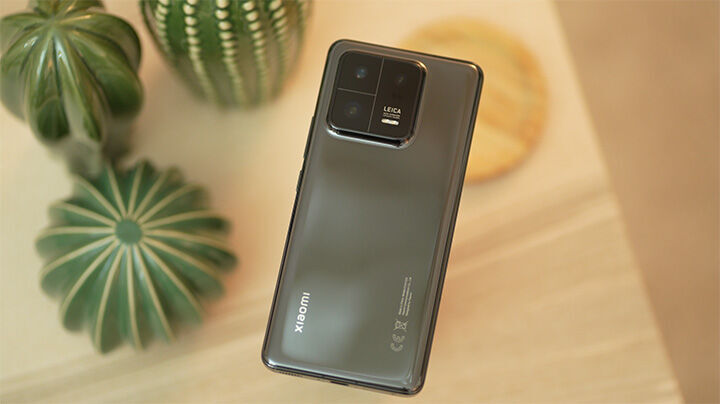
The back panel has that glossy ceramic finish that is pretty much a smudge magnet; the camera module protrudes like a huge island at the top left corner.
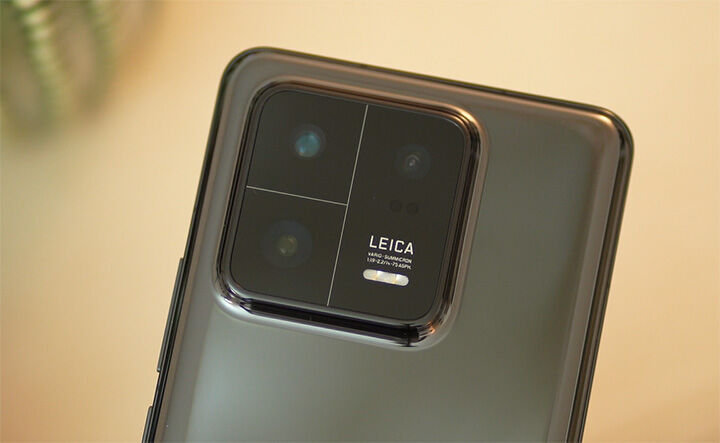
They made the edges a bit tapered to minimize the perception of a slightly thicker and heftier device. That huge camera sensor does eat up a lot of space in there.
You have the power button and volume rocker on the right; the SIM tray slot, primary mic, Type-C charging port and speaker grills all lined-up at the bottom.
The left side is mostly empty space, while the second speaker grill is at the top, along with the second noise-canceling mic, and the IR blaster.
For biometrics, you get either face unlock or fingerprint unlock — the sensor is pretty fast, responsive, and very accurate. There’s also the heart rate sensor using the in-display fingerprint sensor. It’s not very accurate but it works.

Just like the Xiaomi 13, the phone also has an IP68 rating for water and dust resistance. That means you don’t have to worry if your unit is accidentally dropped on the swimming for no reason at all.
As previously stated in our Xiaomi 13 review, the Pro has a completely different design DNA than the non-Pro. Xiaomi reps explained they want to target a wider range of consumer tastes which is why they decided on this approach.
Up at the front, you have the expansive display at 6.73 inches with a 2K resolution using an LTPO E6 OLED panel. It features a 120Hz AdaptiveSync which means it can adaptively change between 1Hz to 120Hz depending on the display usage allowing it to be more power efficient.

You get a vibrant screen, very nice contrast, vivid yet accurate colors, and a bright display that is still viewable in the outdoors even under direct sunlight, mostly thanks to a peak brightness that goes up to 1900 nits.

The screen is protected by Corning’s Gorilla Glass Victus and supports Dolby Vision, HDR10+, and HLG or Hybrid Log Gamma.
The curved edges offers a more immersive viewing experience but can also be prone to accidental touches when you are playing games. It has a 89.6% screen-to-body ratio which is a bit lower than the Xiaomi 13’s 93.3%, perhaps due to the thicker bezels at the top and bottom end.

The jury is split on curved screens vs. flat screens so it really boils down on personal preference of the user.
As we said earlier in our review of the Xiaomi 13, their partnership with Leica is quite controversial because, for about 5 years, the previous partnership with Huawei has given the latter that much-needed cool factor and placed them on the global smartphone map.
Expectations were high with Xiaomi-Leica collaboration. More than camera performance and the engineering behind it, the Leica name gave Xiaomi that premium appeal.

The triplet of 50MP cameras is composed of the 50MP Sony IMX989, a 50MP ultra-wide and a 50MP telephoto with 3.2x optical zoom — all of which are co-engineered with Leica.
The primary camera is a beast — a 50.3MP Sony IMX 989 which is a 1-inch type sensor with f/1.9 aperture, Dual Pixel PDAF, Laser AF, and OIS or optical image stabilization.

This is the same 1-inch type sensor used in the Xiaomi 12S Ultra 31, according to a Xiaomi representative we talked to. Our camera experience with the 12S Ultra was already great, yet the optics on the Xiaomi 13 Pro seemed a bit better.

The Sony IMX989 was jointly developed last year by Sony and Xiaomi, each one spending half of the $15M development cost. This is perhaps what Xiaomi reps meant when they told us their partnership with Leica involved both hardware and software, compared to the previous Huawei partnership, which was mostly software. Now we know Xiaomi is serious about smartphone photography.

The main camera produces great low-light photos and clear night shots; colors are pretty accurate, and you can see the wide dynamic range in the sample photos here of Anya Resort Hotel’s lobby and Junior Suite Room.
Exposure and level of detail are evident in most of the shots, as you can see in the shot of the greeneries here.
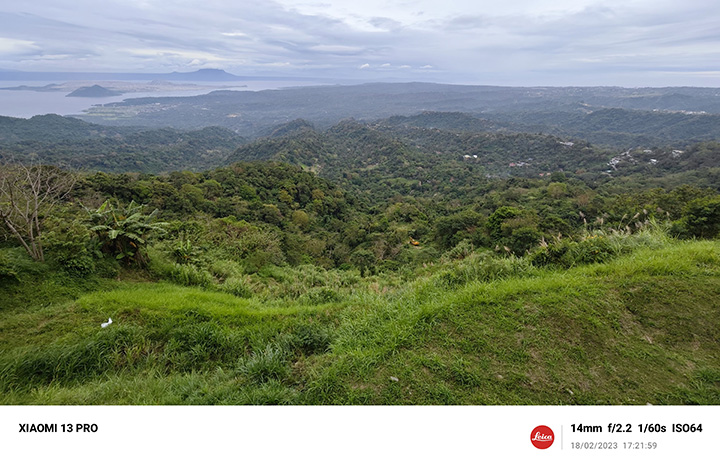
There are 2 photographic styles by Leica that are incorporated here — Leica Authentic and Leica Vibrant. Here, you can see the difference between the two styles.

The 2nd 50MP camera has a much wider field of view at 115-degrees. Here are some more shots taken with the ultra-wide camera.

The 3rd 50MP telephoto lens is perhaps the least used camera in this setup. But if you’re fond of taking macro shots, this one is for you.
Video recording goes up to 8K @ 24fps or you can go 4K @ 60fps which gives the smoothest results.
Slow-motion shots can reach up to 1920 frames per second at 1080p. You can get awesome shots using the slow-mo feature as long as you get the timings right.
For selfies, you get 32MP front-facing camera. Here’s a sample selfie video using the front-facing camera.
Overall, we’re pretty happy and impressed with camera setup of the Xiaomi 13 Pro.
Like the Xiaomi 13, the Xiaomi 13 Pro is also powered by the latest Qualcomm Snapdragon 8 Gen 2 chipset. You also get either 8GB or 12 GB of fast LPDDR5 RAM.
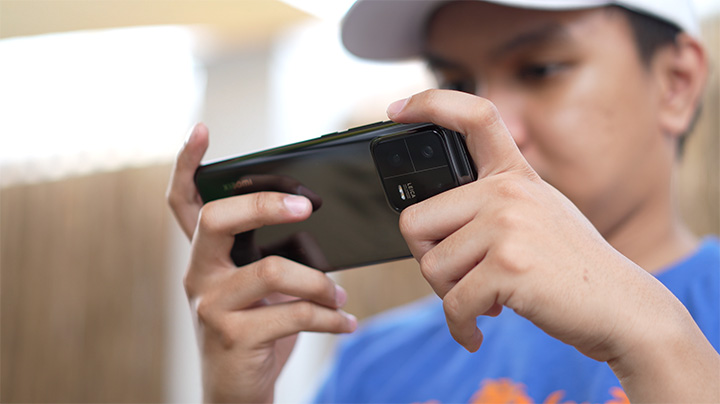
Our review unit comes with 12GB of RAM and an additional 7GB of RAM extension, plus 512GB of fast UFS 4.0 internal storage. You can load as many apps as you want, have them run in the background and you will not feel it slowing down.
There’s an option for 128GB and 256GB as well if you want a more affordable variant but take note there’s no microSD card expansion slot on this one.

As expected, just like the Xiaomi 13, the performance is equally impressive. It scored 1.24 million points in Antutu (pretty close to what the Xiaomi 13 got). Storage test showed a blazing fast 3,600MB/s read speeds and 2,600MB/s write speeds, thank to the UFS 4.0 technology.
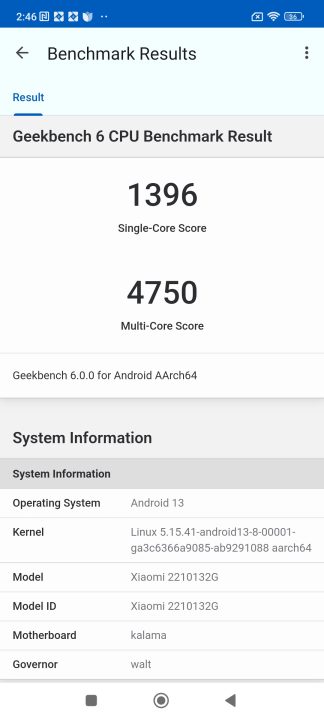
Playing games is immersive, thanks to that large OLED screen and curved display. Usual games like Mobile Legends, which require low-latency connection is a piece of cake, or you can enjoy Asphalt 9 with that responsive 120Hz screen and vibrant colors. Games like Genshin Impact that rely on heavy graphics requirement is not a problem.

The Xiaomi 13 Pro can handle all your gaming needs like a hot knife through butter. On top of that, it did not heat up even after playing for hours.
The Xiaomi 13 Pro runs on Android 13 based MIUI 14 interface. It is more optimized and with added design optimization from the previous generation. However, features like virtual Pets and Plants are not found in the global version that we have. The most useful feature we found here is the ability to change the custom size of any icon in the Homescreen.
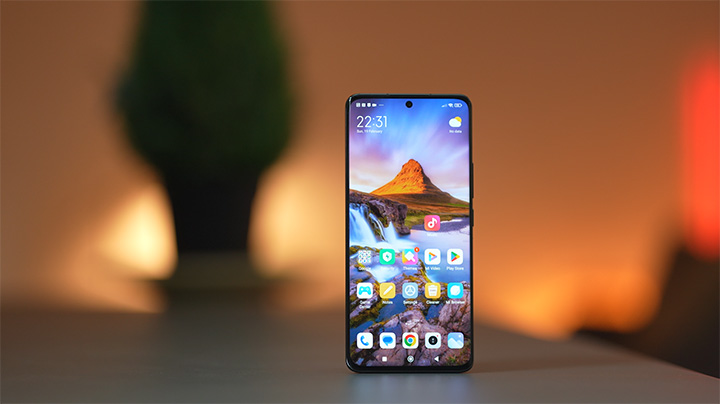
There are many customization options here and you’d probably be spending many hours tinkering around with the UI and all the settings. Some of the hidden gems here include Back tap, Sidebar, Gesture shortcuts and Second space.
When it comes to connectivity, the Xiaomi 13 Pro has everything you’d expect — dual nano-SIM with 5G support, NFC, Bluetooth 5.3 and WiFi 7.
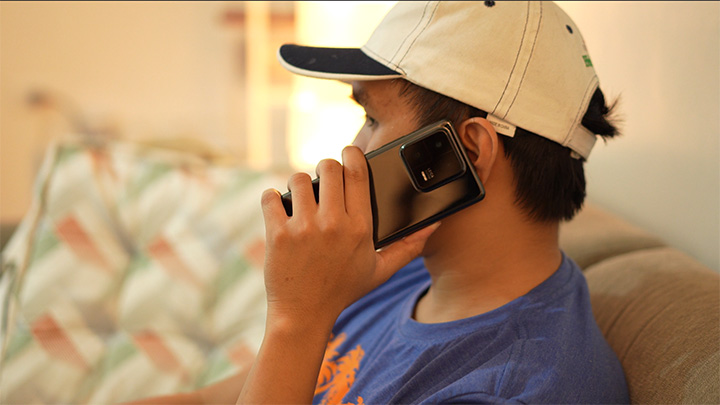
It also comes with a built-in IR blaster which you can use as a remote control for your home appliances like TVs, aircon and the likes — works very much like a universal remote control. This is one feature you seldom see in any other smartphone other than Xiaomi or Redmi, so props to them for still including this.
In terms of charging, the Xiaomi 13 Pro can do 120W wired fast charging, 50W wireless charging and 10W reverse wireless charging. It also supports Quick Charge 4.0 and Power Delivery 3.0 for more compatibility with different 3rd party chargers.
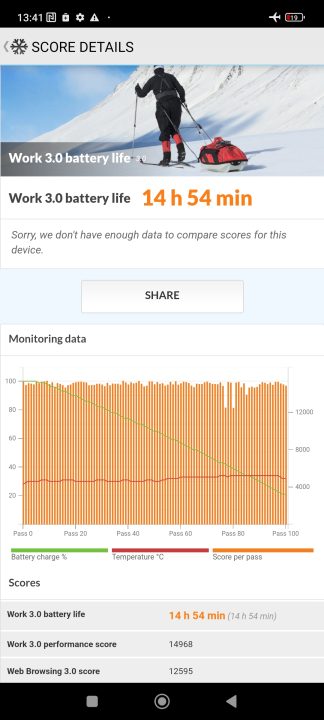
In our battery benchmark test, the Xiaomi 13 Pro got a score of 14 hours and 54 minutes on a single full charge at 50% brightness, zero volume, and in airplane mode.

Xiaomi claims zero to 100% in just 19 minutes for wired charging and 36 minutes for wireless charging. These numbers were pretty close to accurate when we tested using the native charger that came in the box. The reverse wireless charging can also be useful if you have other devices that support it, like an earbud or smartwatch.
We already said it about the Xiaomi 13 and we’re going to say the same about the Xiaomi 13 Pro. They’re both packed with the latest hardware and performed very well. Each one has their own kind of charm that would certainly appeal to different kinds of users.

The Xiaomi 13 Pro is more commanding and bold — nice design, remarkable performance, great battery life, impressive camera system with Leica technology. What else is there to complain about? The Xiaomi 13 Pro ticks all the boxes for a solid flagship.
Xiaomi 13 Pro specs:
6.73-inch 2K OLED E6 panel @ 3200×1440 pixels
Dolby Vision, HDR10+, HLG, 120Hz
Corning Gorilla Glass Victus
Snapdragon 8 Gen 2 chipset
Adreno 740 GPU
8GB, 12GB LPDDR5 RAM
128GB, 256GB, 512GB UFS 4.0
50MP Sony IMX989 f/1.9 OIS
50MP ultra-wide Leica lens
50MP 3.2x telephoto Leica lens
4K@60fps, 8K@24fps
32MP front-facing camera
5G, dual nano-SIM
WiFi-7
Bluetooth 5.3
NFC
GPS (Beidou, Galileo, GLONASS, QZSS, and AGNSS)
IR Blaster
IP68 Rated
Android 13 based MIUI 14
4,820 battery, 120W wired charging, 50W wireless, 10W reverse wireless
Ceramic White, Terracotta Black, Wilderness Green, Far Mountain Blue
162.9mm x 74.6mm x 8.38mm (Ceramic)丨 8.7mm
229g (Ceramic)丨 210g (Technology Nano Skin)
More Xiaomi 13 Update

YugaTech.com is the largest and longest-running technology site in the Philippines. Originally established in October 2002, the site was transformed into a full-fledged technology platform in 2005.
How to transfer, withdraw money from PayPal to GCash
Prices of Starlink satellite in the Philippines
Install Google GBox to Huawei smartphones
Pag-IBIG MP2 online application
How to check PhilHealth contributions online
How to find your SIM card serial number
Globe, PLDT, Converge, Sky: Unli fiber internet plans compared
10 biggest games in the Google Play Store
LTO periodic medical exam for 10-year licenses
Netflix codes to unlock hidden TV shows, movies
Apple, Asus, Cherry Mobile, Huawei, LG, Nokia, Oppo, Samsung, Sony, Vivo, Xiaomi, Lenovo, Infinix Mobile, Pocophone, Honor, iPhone, OnePlus, Tecno, Realme, HTC, Gionee, Kata, IQ00, Redmi, Razer, CloudFone, Motorola, Panasonic, TCL, Wiko
Best Android smartphones between PHP 20,000 - 25,000
Smartphones under PHP 10,000 in the Philippines
Smartphones under PHP 12K Philippines
Best smartphones for kids under PHP 7,000
Smartphones under PHP 15,000 in the Philippines
Best Android smartphones between PHP 15,000 - 20,000
Smartphones under PHP 20,000 in the Philippines
Most affordable 5G phones in the Philippines under PHP 20K
5G smartphones in the Philippines under PHP 16K
Smartphone pricelist Philippines 2024
Smartphone pricelist Philippines 2023
Smartphone pricelist Philippines 2022
Smartphone pricelist Philippines 2021
Smartphone pricelist Philippines 2020
maruv says:
Compared to the standard variant, the Xiaomi 13 Pro doesn’t surprise us much with its mobilespecs. It’s not much different from the flagships. I just love the Xiaomi Redmi 13 Pro! It’s an amazing phone that offers everything a modern user needs without taking a high price tag.
The design of the device is simple but stylish, with small rounded corners and a smooth material that is pleasant to the touch. The screen is large and bright, which makes watching movies and playing games more engaging.
The Redmi 13 Pro’s camera is one of the best in its class. Photos come out bright and sharp, even in low-light conditions. And it also has portrait mode and 4K video capture features – it’s fantastic! Performance is also impressive – games run smoothly and apps launch instantly. The battery lasts a long time, which is very useful in everyday life.